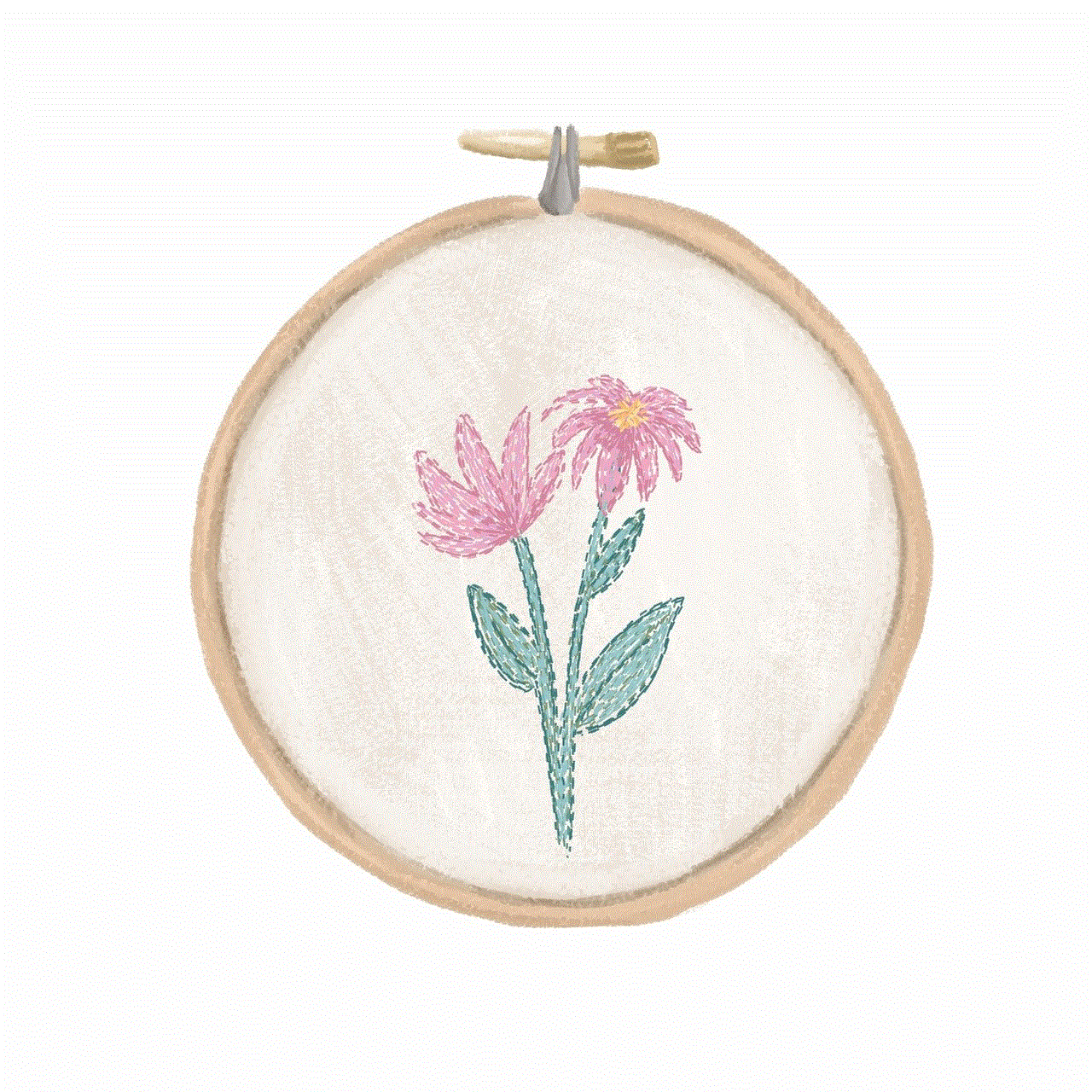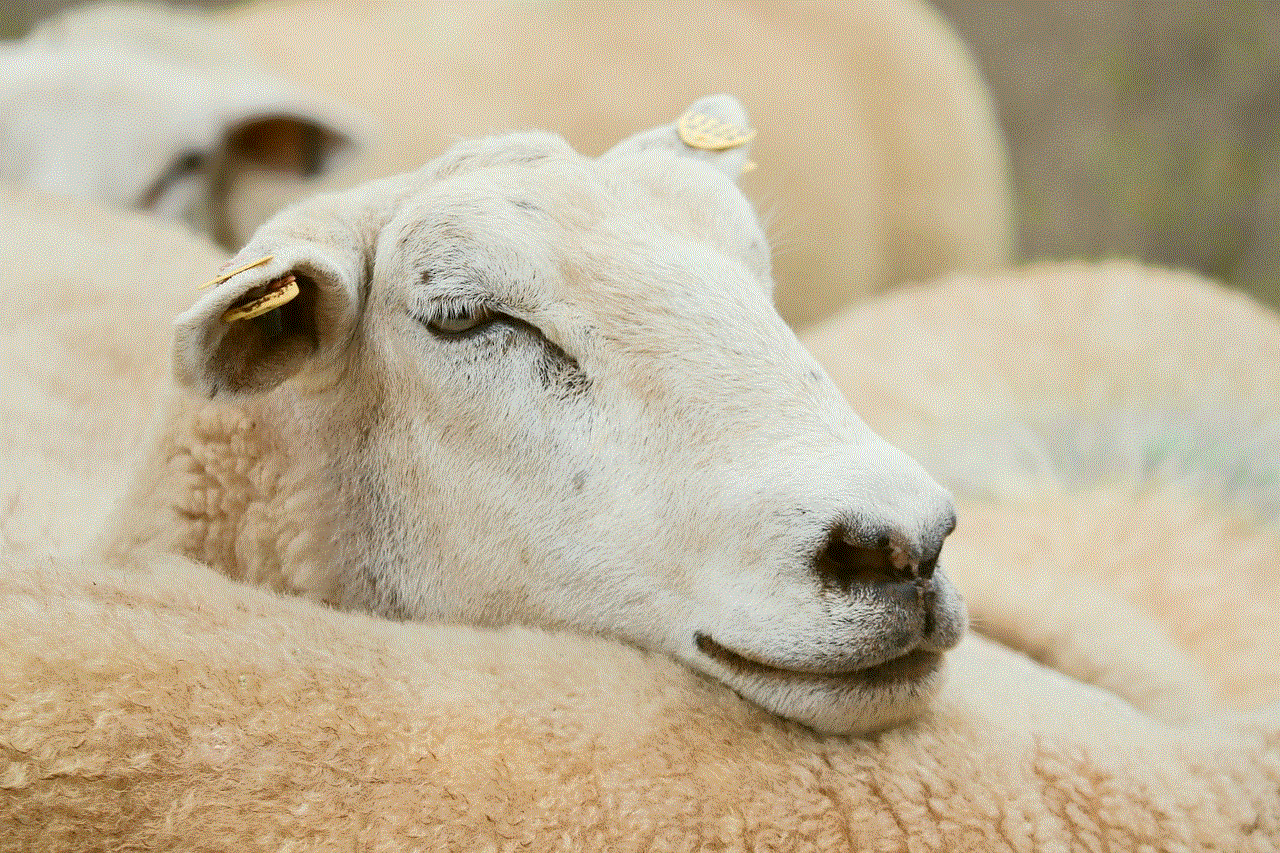whats good slang
Slang is the informal language that is predominantly used in everyday conversations and social interactions. It is an integral part of language that adds color, humor, and personality to communication. Slang is fluid and constantly evolving, adapting to new generations and cultures. It is often used to express camaraderie and create a sense of belonging among social groups. In this article, we will explore the concept of slang, its importance, and some popular examples of good slang.
What is Slang?
Slang refers to a set of words or phrases that are used to express ideas, emotions, and concepts in an informal and non-standard way. It is often associated with a particular social group, age group, or subculture. Slang is typically used in spoken language and is not considered appropriate in formal or written communication.
Slang is not a new phenomenon, and it has been a part of human language for centuries. It has its roots in the need for people to create a language that is unique and exclusive to their group. Slang is often used to create a sense of camaraderie and solidarity among social groups. It can also be used as a form of rebellion against societal norms and expectations.
The Importance of Slang
Slang is an essential aspect of language and communication. It plays a significant role in shaping our identities, cultures, and social interactions. Here are some reasons why slang is important:
1. Expressing Emotions and Ideas: Slang is an effective way to express emotions and ideas that cannot be easily conveyed through standard language. It allows people to communicate their feelings and thoughts in a more nuanced and personalized way.
2. Creating a Sense of Belonging: Slang is often used to create a sense of belonging and camaraderie among social groups. It can help people feel connected to their peers and build a community.
3. Reflecting Cultural Values: Slang reflects the cultural values and norms of a society. It can provide insights into the beliefs, attitudes, and behaviors of a particular group.
4. Evolving Language: Slang is constantly evolving and adapting to new generations and cultures. It adds new words and phrases to the vocabulary and helps to keep language dynamic and relevant.
5. Breaking Social Barriers: Slang can break social barriers and help people from different backgrounds and cultures to connect with each other. It can facilitate communication and foster understanding and tolerance.
Examples of Good Slang
1. Lit: This slang term is used to describe something that is exciting, fun, or amazing. It can also refer to someone who is highly skilled or talented.
2. Savage: This term is used to describe someone who is fierce, unapologetic, and bold. It can also refer to something that is impressive or cool.
3. Clout: This term is often used to describe someone who has influence, power, or popularity. It can also refer to the ability to gain attention or recognition.
4. Flex: This slang term is used to describe someone who is showing off or bragging. It can also refer to someone who is successful, wealthy, or powerful.
5. Bae: This slang term is used to refer to a significant other or someone who is loved and cherished. It can also be used to describe something that is excellent or desirable.
6. GOAT: This term stands for “Greatest Of All Time” and is used to describe someone who is the best in a particular field or activity.
7. Extra: This slang term is used to describe someone who is over the top, dramatic, or excessive. It can also refer to something that is unnecessary or too much.
8. Thirsty: This term is often used to describe someone who is desperate for attention or validation. It can also refer to someone who is very eager or ambitious.
9. Salty: This slang term is used to describe someone who is bitter, angry, or annoyed. It can also refer to someone who is jealous or envious.
10. Clapback: This term refers to a clever or witty response to criticism or insults. It can also describe a comeback that shuts down an argument or debate.
The Influence of Social Media on Slang
Social media has had a significant impact on the evolution of slang. With the rise of platforms like Twitter, Instagram , and tiktok -parental-control-effectively-in-2023″>TikTok , slang terms can spread and become popularized quickly. These platforms allow people to share and interact with each other, creating a global community that can influence and shape language.
Social media has also given rise to new forms of slang, such as hashtags, emojis, and internet acronyms. These forms of communication have become integral to online interactions, and they have found their way into everyday language. For example, phrases like “LOL” (laugh out loud), “OMG” (oh my god), and “IRL” (in real life) are now commonly used in verbal conversations.
However, the use of slang on social media has also sparked debates about cultural appropriation and the erasure of marginalized communities. Some slang terms, such as “on fleek” and “bae,” originated from African American Vernacular English (AAVE) and were popularized by non-black influencers without proper credit or understanding of their origins.
The Future of Slang
Slang is always changing and evolving, and it is impossible to predict what new terms will emerge in the future. However, with the increasing use of technology and social media, it is safe to say that slang will continue to play a significant role in language and communication.
As social norms and values shift, new slang terms will emerge to reflect these changes. For example, there has been a rise in gender-neutral terms, such as “they” and “them,” which have become popular slang terms to refer to a person without assuming their gender.
Moreover, as the world becomes more interconnected, slang terms from different cultures and languages will continue to blend and influence each other. This will lead to the creation of new hybrid slang terms that reflect the diversity and complexity of our society.
In conclusion, slang is an essential aspect of language and communication that adds color, humor, and personality to our interactions. It reflects the values and cultures of different social groups and helps to create a sense of belonging and community. With the rise of social media and technology, slang will continue to evolve and adapt, reflecting the changes and developments in our society. So next time someone asks you “what’s good slang?” you will have a better understanding of this dynamic and ever-evolving aspect of language.
urban dictionary thirst trap



In today’s world of social media, it seems like everyone is trying to stand out and gain attention. People are constantly posting pictures and videos of themselves in hopes of getting likes, comments, and followers. But there is a new trend that has taken the internet by storm – the “thirst trap.” This term has become a popular phrase on social media platforms like Instagram, Twitter, and TikTok , and has even been added to the Urban Dictionary. So, what exactly is a “thirst trap” and why has it become such a sensation? In this article, we will delve into the world of “thirst traps” and explore its origins, meaning, and impact on our society.
To begin with, let’s define what a “thirst trap” is. According to the Urban Dictionary, a “thirst trap” is defined as “a social media post intended to entice and/or attract a person’s attention in a sexual or romantic way.” In simpler terms, it is a post or picture that is specifically designed to garner attention and make people desire the person in the photo. This includes posting seductive or revealing photos, videos, or captions that are meant to provoke a reaction from the viewers.
The term “thirst trap” originated from the slang term “thirst,” which refers to a strong desire or craving for something. In this case, the “thirst” is for attention and validation from others. The term gained popularity in the early 2010s, but it wasn’t until the rise of social media that it became a widespread phenomenon. With the rise of platforms like Instagram and TikTok, people now have a larger audience to showcase their thirst traps to, making it easier to gain attention and validation.
So, why do people post thirst traps? One of the main reasons is for self-esteem boost. In today’s society, where beauty standards are constantly changing and people are bombarded with images of perfect bodies and flawless faces, it’s easy to feel insecure and inadequate. Posting a thirst trap and receiving likes and positive comments can boost one’s self-esteem and make them feel desirable. It’s a way for people to feel validated and attractive in a world that constantly tells them they are not good enough.
Another reason for posting thirst traps is for attention and validation from a specific person. This person could be a crush, an ex-partner, or even an ex-friend. By posting seductive photos, people hope to grab the attention of someone they desire and make them regret not being in a relationship with them. It’s a way for people to say, “look at what you’re missing out on.” This can give the person posting the thirst trap a sense of power and control over the other person’s emotions.
In addition to personal reasons, thirst traps have also become a popular marketing tool for influencers and brands. With the rise of influencer marketing, many companies are using thirst traps to promote their products. By collaborating with influencers who have a large following and a strong presence on social media, brands can reach a wider audience and increase their sales. Thirst traps are especially popular in the fashion and beauty industry, where companies can showcase their products through attractive and seductive images.
However, the rise of thirst traps has also received criticism for its negative impact on society. Some argue that it promotes an unrealistic and unhealthy body image, especially for young people who are easily influenced by what they see on social media. Thirst traps often feature highly edited and filtered images that can create an unattainable standard of beauty for others. This can lead to people feeling dissatisfied with their own appearance and can even result in body dysmorphia and other mental health issues.
Moreover, thirst traps have also been criticized for their objectification of individuals, particularly women. By posting seductive photos, people are reduced to their physical appearance and are seen as objects of desire rather than individuals with unique personalities and talents. This can perpetuate the idea that a person’s worth is solely based on their physical appearance, leading to a shallow and superficial society.
Another issue with thirst traps is the potential danger it can pose to the person posting them. While many thirst traps are harmless, some can attract unwanted and potentially dangerous attention. People, especially women, can receive inappropriate and even threatening messages from strangers who have seen their thirst traps. This can put them at risk of being stalked or harassed.
In conclusion, the term “thirst trap” has become a widespread phenomenon in today’s society, thanks to the rise of social media. It has its origins in the slang term “thirst” and is defined as a post or picture intended to garner attention and validation from others. While it can have its benefits, such as boosting self-esteem and promoting products, it has also received criticism for its negative impact on society. It can perpetuate unrealistic beauty standards, objectify individuals, and even put them at risk of danger. As with anything, moderation is key, and it’s important to be mindful of the potential consequences of posting thirst traps.
flip phone for kids
In today’s world, technology has become an integral part of our lives. From smartphones to tablets, there are various devices that have made our lives easier and more connected. However, when it comes to kids, the use of technology can be a bit tricky. While there is no denying the fact that technology has immense benefits, it also comes with its fair share of risks, especially for young children. This is where flip phones for kids come into the picture. These devices offer a perfect balance of connectivity and safety, making them an ideal choice for parents who want to introduce their kids to the world of technology in a controlled manner.
But what exactly is a flip phone for kids? Well, as the name suggests, it is a basic mobile phone with a flip design that is specifically designed for children. Unlike smartphones, these devices have limited features, making them suitable for kids who are just starting to use technology. They usually come with basic features like calling, texting, and some games, but lack the advanced features that you would find in a smartphone. This makes them an excellent option for parents who want to give their kids a sense of independence without exposing them to the potential dangers of unrestricted internet access.
Now, you might be wondering why you should opt for a flip phone for your child when there are so many smartphones available in the market. Well, there are several reasons why flip phones are a better choice for kids. Let’s take a closer look at some of them.
1. Limited features
As mentioned earlier, flip phones have limited features, which means that children won’t have access to apps and websites that are not appropriate for their age. This is a significant advantage, as it ensures that kids are not exposed to inappropriate content or cyberbullying. Moreover, it also prevents them from spending too much time on their phones, which can have a negative impact on their physical and mental health.
2. No internet access



One of the biggest concerns that parents have when it comes to giving their kids a phone is the unrestricted access to the internet. With a flip phone, this is not something that you need to worry about. These devices do not have internet access, which means that kids won’t be able to browse the internet or download apps without your permission. This gives parents more control over their child’s online activities and ensures their safety.
3. Cost-effective
Another advantage of flip phones for kids is that they are more cost-effective than smartphones. As these devices have limited features, they are much cheaper than smartphones, making them a more affordable option for parents. Moreover, since kids are prone to losing or damaging their phones, investing in an expensive smartphone might not be a wise decision. Flip phones, on the other hand, are relatively inexpensive, and you won’t have to worry about your child losing or damaging them.
4. Enhanced safety features
Flip phones designed for children come with advanced safety features that ensure the child’s safety. These features include GPS tracking, emergency calling, and parental controls. The GPS tracking feature allows parents to keep track of their child’s location, ensuring that they are safe at all times. The emergency calling feature enables children to call for help in case of an emergency, and parental controls give parents the ability to restrict certain features or contacts on the phone.
5. Durability
Flip phones are known for their durability, which makes them an ideal choice for kids who are still learning to take care of their possessions. Unlike smartphones, which are fragile and prone to damage, flip phones are sturdy and can withstand rough handling. This means that you won’t have to worry about your child breaking their phone, and it will last longer than a smartphone would.
6. Less distraction
Smartphones can be a major distraction for kids, especially when they are supposed to be focusing on their studies or other activities. With a flip phone, this is not something that you need to worry about. As these devices have limited features, they are less distracting, and kids can focus on the task at hand without getting sidetracked by notifications or social media.
7. Encourages communication
While smartphones have made it easier for us to stay connected with others, they have also made us more isolated. With a flip phone, children are encouraged to communicate more with their friends and family through calls and texts. This helps in developing their communication skills and fosters healthy relationships.
8. Teaches responsibility
Giving a child a phone comes with a certain level of responsibility. With a flip phone, children learn to take care of their possessions and understand the value of money. They also learn the importance of following rules and using technology in a responsible manner.
9. Suitable for younger kids
While smartphones are designed for adults, flip phones for kids are suitable for children as young as five years old. This makes them a perfect first phone for kids who are just starting to use technology and are not ready for a smartphone yet.
10. Peace of mind for parents
Last but not least, flip phones for kids offer peace of mind to parents. With these devices, parents can stay connected with their children while ensuring their safety and limited exposure to the digital world. It also gives them the freedom to let their kids explore technology without worrying about the potential risks associated with it.



In conclusion, flip phones for kids are an excellent option for parents who want to introduce their children to technology in a safe and controlled manner. These devices offer a perfect balance of connectivity and safety, making them an ideal choice for young children. With their limited features, advanced safety options, and cost-effectiveness, flip phones can provide parents with peace of mind while giving kids a sense of independence. So, if you are considering giving your child a phone, a flip phone for kids might just be the perfect choice for you.